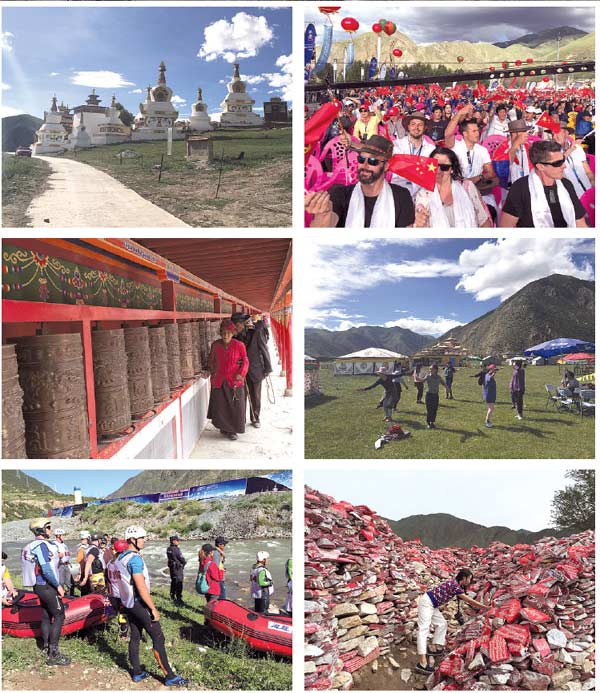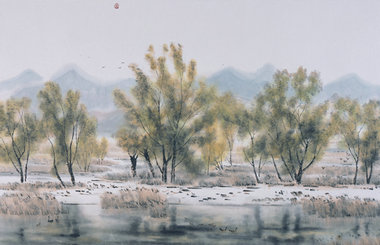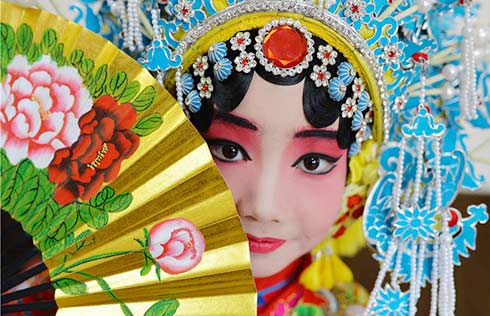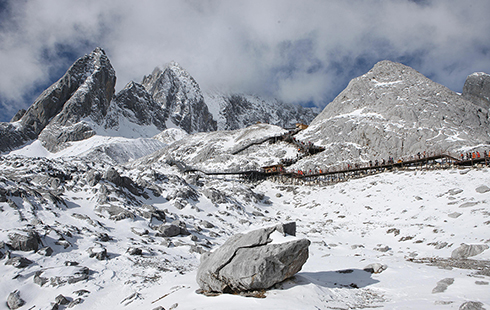Strong whiff of ethnic culture
By Yang Feiyue ( China Daily ) Updated: 2016-08-13 06:35:29
The procedure is that monks prepare the bodies, and then scavenging animals, such as carrion birds, feed on them.
"We feel it's only natural for us to return to nature after death," says Songbao, adding that he would want the ritual performed for him.
Roughly a half-hour drive away, a large group of locals dressed in typical Tibetan costumes gather at the Jiana Mani stone square.
They go around the square and turn big prayer wheels along the way.
Suonan Zhande, the deputy head of the Yushu culture, sports and tourism authority, says: "Usually they go around six times and pray."
The square in Xinzhai village, built more than 1,700 years ago, is believed to have the largest pile of Mani stones in the world.
The polychromatic Mani stones have a six-syllable Buddhist mantra inscribed on them.
"Locals get the stones caved with the mantra and place them in the square whenever they visit it," he adds.
A 40 minute-drive from the square takes you to Leba Valley and cliff carvings featuring men and Buddha figures.
The carvings have been weathered over the years, but they are clear enough for you see the whole picture featuring devotion to Buddha.
The carvings are believed to date from the mid-seventh century AD, when Buddhism was introduced to Tibet.
Locals believe that they could be left by Princess Wencheng of the Tang Dynasty, who married the Tibetan King Songtsen Gampo in AD 641.
|
|
|
|
|
|
|
|


























 Raymond Zhou:
Raymond Zhou: Pauline D Loh:
Pauline D Loh: Hot Pot
Hot Pot Eco China
Eco China China Dream
China Dream China Face
China Face






